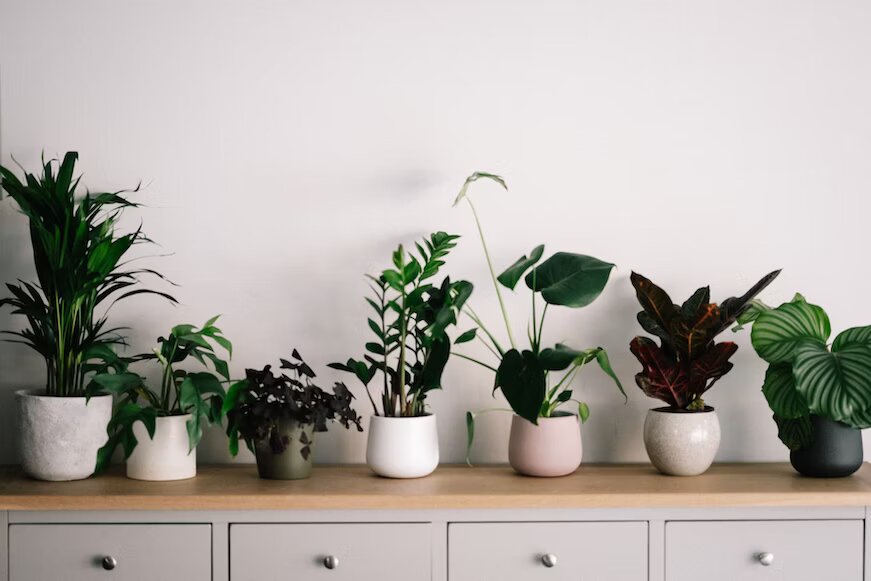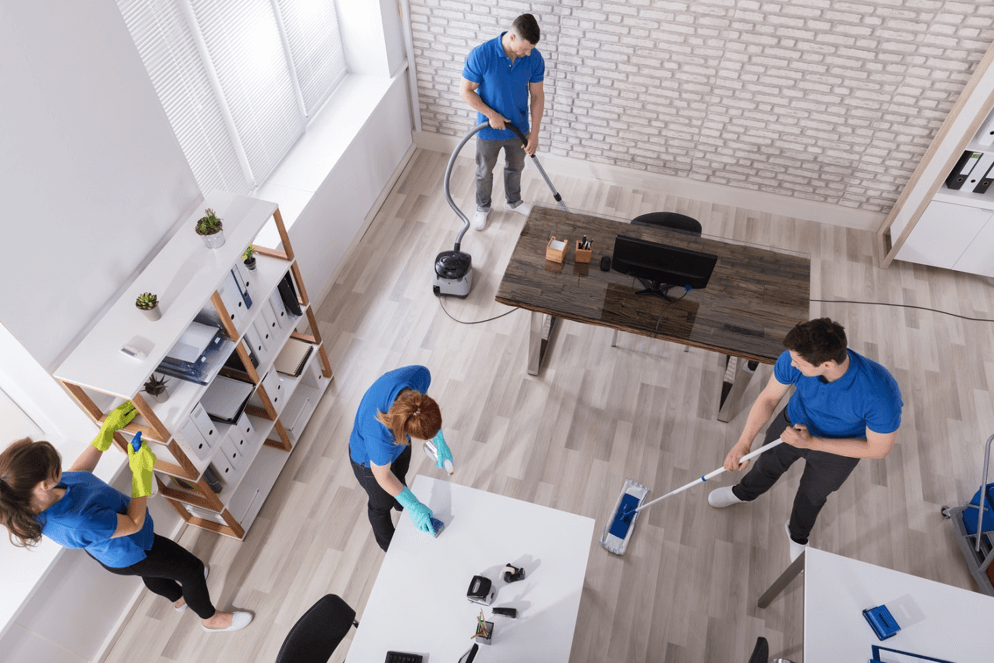Everyone has had that moment after moving into a new home. The work is done, the rooms are looking great, and the house has your touch on it, but there’s something wrong. The dining room. Why is it always the dining room?!
When it comes to home décor, the dining room is one of the hardest spaces to get right. You can have beautiful dining room sets, gorgeous silverware, and a lovely table spread. But even if you have all of that, it can still feel like it’s missing something.
This is mostly due to the fact that it has to be simple – as is its nature – but it has to simultaneously draw people in and ensure that it is a room that is actually used.
If your dining room is not working, therefore, it can be very hard to know what to do about it. You don’t want to do a full-scale renovation, but similarly, you don’t want to leave it as the one room that doesn’t really work in the house.
But don’t worry, because all is not lost. The answer is actually very simple, and it comes in one of the most popular home decor themes of 2022: nature.
Instilling a sense of the outdoors into a room can do a lot to change the tone and atmosphere without the need for a massive redesign. It can also make the room – especially the dining room – feel more light, airy, and warm, getting rid of the coldness that a traditional dining room can sometimes have.
With this in mind, what are the best indoor plants to get in your dining room, and what can they do to fundamentally change the feel of the room itself? Below, we’ve compiled three of our absolute favorites:
Golden Pothos
We might as well start big. The pothos is one of the most popular plants in 2023, mostly due to its ability to flow out from its bed and almost overtake the world around it. A perfect addition, then, to fundamentally change the look and feel of a dining room.
We would recommend placing this one on any cabinets or shelves in the room, as it does have the tendency to completely dominate a table – you don’t want to be rifling through plant life when trying to find the salt shaker!
Succulents
You’ll find these cute little plants on a number of “top ten indoor plants” lists online, but they are most in their element when placed in the dining room – especially if your dining room has a lot of natural light.
As plants, they’re almost quite neutral in color and shape, but in a brightly lit room, they really stand out and complement the atmosphere of the room itself. This then leads them to radiate a feeling of sophistication, tranquillity, and luxury on top of the atmosphere you have already created.
Monstera
Not all dining rooms have bright light, however. In fact, the problem with your dining room might be that it has low light, which means succulents won’t exactly work to elevate the space in the way that they are meant to. The best way to subvert a dark space, however, is with the monstera plant.
These fit in well with darker colors, helping to instill a bold, tropical feel to the room, which will subsequently brighten up the space without the need for additional lighting. It also works well on its own, which means you can simply invest in attaining and sustaining this plant by itself. No hassle. No abundance of nature. Just a single plant and a completely changed room!
Read Also:

























